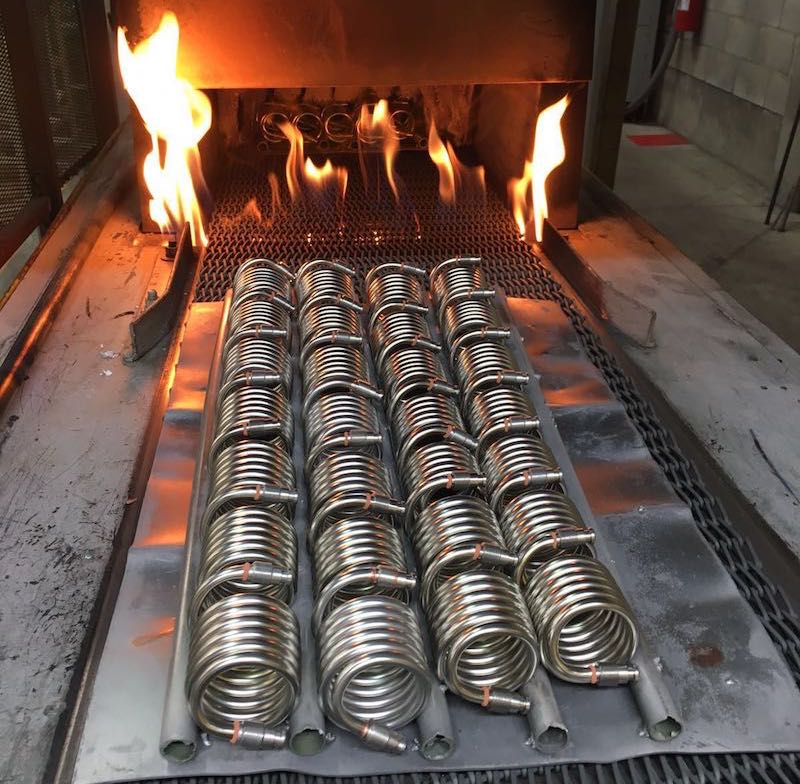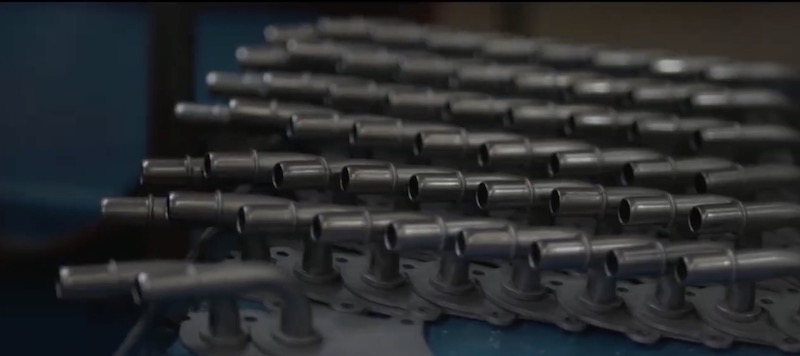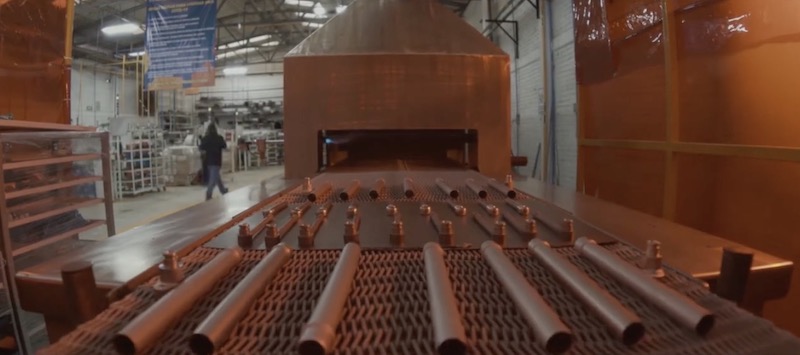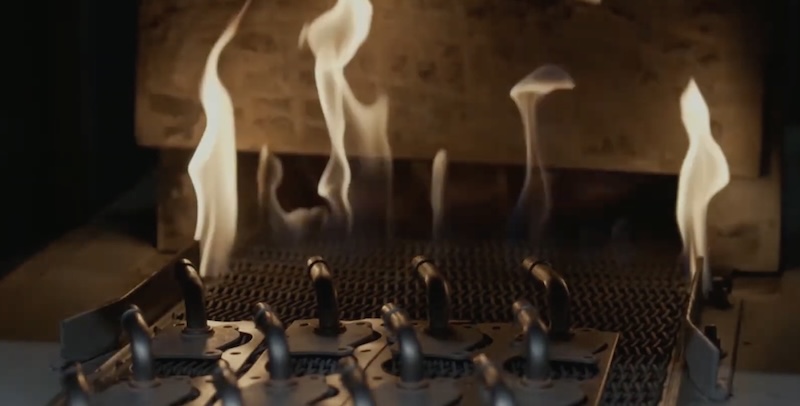What You Need To Know About Controlled Atmosphere Brazing
If you’re looking to design and manufacture parts that involve the joining together of two different metal components, controlled atmosphere brazing (CAB) is a good method to consider. CAB is a technology that uses a molten filler metal, often copper or aluminum alloy, to bond two parts together. What important FAQs should you know before you choose this production method for your designs? Read on to find out.
Oven Brazing Explained
Brazing generally refers to a traditional and simple method of joining metals. If your production project involves mid to high-volume production of products with precise and durable connections, controlled atmosphere brazing (CAB) could be the solution. Curious about what CAB entails? We’ll explain.
CAB is an effective method for fusing two distinct metal components into a single unit. This process utilizes a molten filler alloy in various forms like paste, rings, or sheets, to seamlessly bond the parts. The filler merges the close-fitting joint surfaces through capillary action, creating a strong metallurgical bond as it cools and becomes solid. The resulting CAB joint is a high strength joining that forms a seal that’s often stronger than the base metals themselves, making it particularly reliable for fluid or gas containment.
To ensure the integrity of the brazing process, the oven’s atmosphere is meticulously regulated to prevent oxidation – a common problem where metal atoms lose electrons to oxygen, leading to corrosion like rust in iron. This oxidation tendency increases with temperature, posing a challenge to the molten filler’s ability to flow and form a solid joint.
In the controlled oven brazing environment of CAB, the presence of oxygen is eliminated, and the oven is filled with an oxygen-free blend of hydrogen and nitrogen. This strategic adjustment fosters the formation of clean, high-quality joints, free from the complications of oxidation.
How Oven Brazing Works

CAB oven brazing is a multi-phase process. Components are transported via a conveyor belt through a controlled atmosphere brazing furnace, where the environment is enriched with nitrogen or hydrogen, devoid of oxygen. The typical layout of the assembly line includes several key steps:
- The process begins with the initial cleaning and degreasing of parts
- Preliminary assembly begins via press fitting or TIG welding
- Next, the brazing filler is applied in the form of paste or rings
- Dependent upon design needs, an optional preheating phase may be needed, contingent upon the furnace specifications
- The heating phase begins in order to prepare for oven brazing
- The actual oven brazing process occurs
- Brazed components are subsequently put aside for cooling
What Industries Use CAB?

Brazing stands out as a preferred technique for creating strong, leak-proof metal joints. It offers a quick and more cost-effective alternative to welding. This method is particularly advantageous for medium to high volume productions and is highly effective for:
- Industries that need intricately designed small components
- Companies needed to produce large parts with unconventional shapes
- Any items produced in large quantities
- Those in need of components that will have to endure sustained high temperatures (above 350 degrees Fahrenheit)
Given these characteristics, it’s clear that many automotive components fit this profile. If your operation focuses on manufacturing automotive parts, oven brazing could be the perfect fit. You can check out this post if you want to explore even more advantages of controlled atmosphere brazing (CAB). We’ll cover some general advantages below.
Advantages Of Controlled Atmosphere Brazing

Controlled atmosphere brazing (CAB) offers numerous benefits compared to other traditional joining methods:
- Sleek Finish: The absence of flux in CAB means brazed joints emerge clean, eliminating the need for post-process cleaning.
- Cost Efficiency: Utilizing a conveyor belt oven in CAB translates to reduced brazing expenses per component.
- Process Uniformity: The lack of flux application and the precise control over heating times contribute to the high consistency of the CAB process.
CAB Services From Intran

Conducting thorough research is vital when you’re selecting a contract manufacturer, especially for specialized processes like controlled atmosphere brazing. You want to be sure the production partner you choose possesses the necessary expertise. Experience is key, particularly with CAB processes where materials like cold rolled and stainless steel are often involved, and large volumes of components are being produced through oven brazing. Errors in such cases can lead to significant costs.
Intran stands out in Mexico for providing exceptional CAB services, not only for automotive components but as a distinct manufacturing source for a variety of industries. Many leading manufacturing brands prefer Intran for their CAB needs for several key reasons:
- Our continuous belt furnace oven brazing system offers an economical, efficient solution for large-scale production needs.
- We adhere to stringent IATF certifications, ensuring our oven brazing processes meet strict international standards.
- Our processes are in compliance with CQ1-29 guidelines, setting the benchmark for heat-treating practices in the automotive supply chain.
With plans to expand our capabilities by introducing another advanced furnace, we aim to boost our CAB capacity to over 2 million parts per year. While automotive components are a significant part of our portfolio, our expertise extends across various sectors. To find out more about what Intran can offer in controlled atmosphere brazing services, get in touch with us today!
